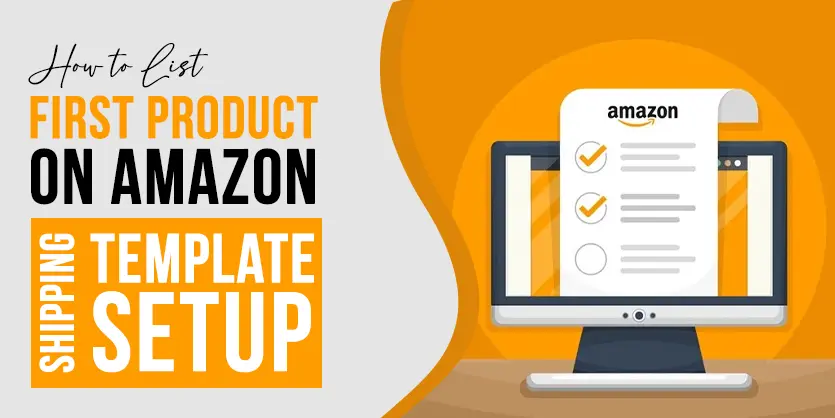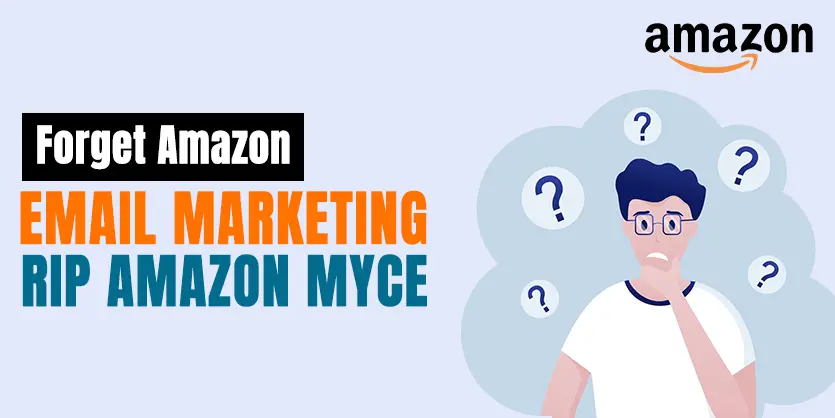In this article, we will discuss Business prices and quantity discounts on Amazon & also how to Add, edit, or delete business prices and quantity discounts. The Amazon Business Seller Program offers two types of discounts-
Business prices: A marked down value accessible to Amazon Business Seller Program clients paying little mind to the amount obtained.
Quantity discount: Layered rebates accessible to Amazon Business Seller Program clients for higher-volume buys. Every merchant in the Amazon Business Seller program indicates levels for amount valuing.
Add, edit, or delete business prices and quantity discounts: We can add and delete business prices and quantity in our listings by using feeds. To take in more, see:
How to add business prices and quantity discounts to your feed file
In the wake of downloading your bolster record, finish the accompanying strides. This adds business elements to your current offer; it doesn’t change or supplant your current offer.
Step 1:
To learn about audit prerequisites, open the Data Definitions tab in the Business Price/Quantity File or classification particular bolster document.
Step 2:
Open the Template worksheet.
Step 3:
Required: Add a business cost in the business-value push. You should include a business cost before including amount rebates. Your business cost must be not exactly or equivalent to your standard cost. On the off chance that your business cost is higher than your standard value, your business cost will be deactivated.
Step 4:
Discretionary: If you need to enter amount rebates, enter your amount rebates demonstrate (settled or percent) in the amount value sort push. With a settled model, enter costs of your deciding for each markdown level. With a percent show, enter percent rebates for every level. The percent rebates are figured in light of your business cost.
Step 5:
Open the Price Template worksheet.
Step 6:
In the amount value sort section, select the rebate show you need to utilize (settled or percent).
Step 7:
Indicate your amount levels by setting lower-limits in the amount bring down bound1, amount bring down bound2, and so on. Bring down limits speak to the amount at which a rebate winds up noticeably dynamic. For instance, in the event that you need to offer just an amount rebate for clients who purchase at least 10 units, enter 10 in the amount bring down bound1 field. You can determine up to 5 levels in the columns named amount bring down bound1 through amount bring down bound5. Each lower-bound has a cost, for example, amount price1, related with it in the section neighboring the privilege.
Step 8:
Indicate your amount rebates. In the event that you are utilizing a settled model, enter the amount costs you need to charge in the amount price1, amount price2, and so on. For instance, if you need to charge $10 per thing when buying 5 things, $7 per thing when obtaining 10 things, and $4 per thing when buying 15 things, enter the accompanying:
On the off chance that you are utilizing a percent demonstrate, enter a number in the vicinity of 0 and 99 for the markdown you need to offer. For instance, on the off chance that you need to offer 5% off the aggregate when 3 things are acquired, 10% off the aggregate when 6 things are bought, and 15% off the aggregate when 9 things are obtained, enter 5 in the amount price1 field, 10 in the amount price2 field, and 15 in the amount price3 field:
Your percent markdown will be computed against your business cost. On the off chance that you are an FBA vendor, leave the amount and lead-time-to-ship sections clear. These fields are utilized for vendor satisfied system (MFN) postings, and entering an incentive in them will change over your offer to an MFN offer.
Step 9:
In MS Excel, select Save As and spare your record as Text (Tab-delimited) (*.txt).
Step 10:
Transfer your record by heading off to the Inventory menu and choosing Add Products by means of Upload. While transferring your record, utilize the Price and Quantity File choice.
How to delete business prices and quantity discounts to our feed file
1. Open a Category-particular format, an Inventory Loader layout, or a Price/Quantity Template. These layouts contain a Pricing Action section, which can be determined to a for every SKU premise. To erase a business cost for an SKU, you should set the incentive in the Pricing Action section to “erase business price.”
In the bolster record, give the SKU to which you might want to erase the business cost in the SKU section.
2. In the Pricing Action section, select erase business price from the drop-down menu. On the off chance that you have macros incapacitated, you should sort erase business price in the Pricing Action section. Try not to sort 0.
3. Spare as a tab-delimited content document and transfer the record.
How to edit business prices and quantity discounts
We can alter business costs and amount rebates in our postings.
- From your vendor account, select Pricing, then Manage Pricing.
- On the off chance that you don’t see the Business Price segment, click Preferences, then put a checkmark alongside Business Price.
- Click Save Changes.
- To include amount rebates, select Quantity rebates, then pick either Percent off business cost or fixed cost.
- At a Percent off business price model:
- Select Percent off the business price.
- Enter amount edges in the slightest box.
- Enter a rebate in the get box. For instance, on the off chance that you determine “No less than 10 for 5% off”, then a business client who buys 10 units will get a 5% rebate off the business cost.
- Click Set Prices.
- At a Fixed price model:
- Select fixed prices.
- Enter amount limits in the at slightest box.
- Enter a cost in the for box. For instance, in the event that you determine “No less than 10 for $5.00”, then a business client who buys 10 units will pay $5.00 each.
- Click Set Prices.
In this article, we have explained how to offer Business prices and quantity discounts on Amazon. In our next article, we will come with another important topic. Please keep reading our blog.



